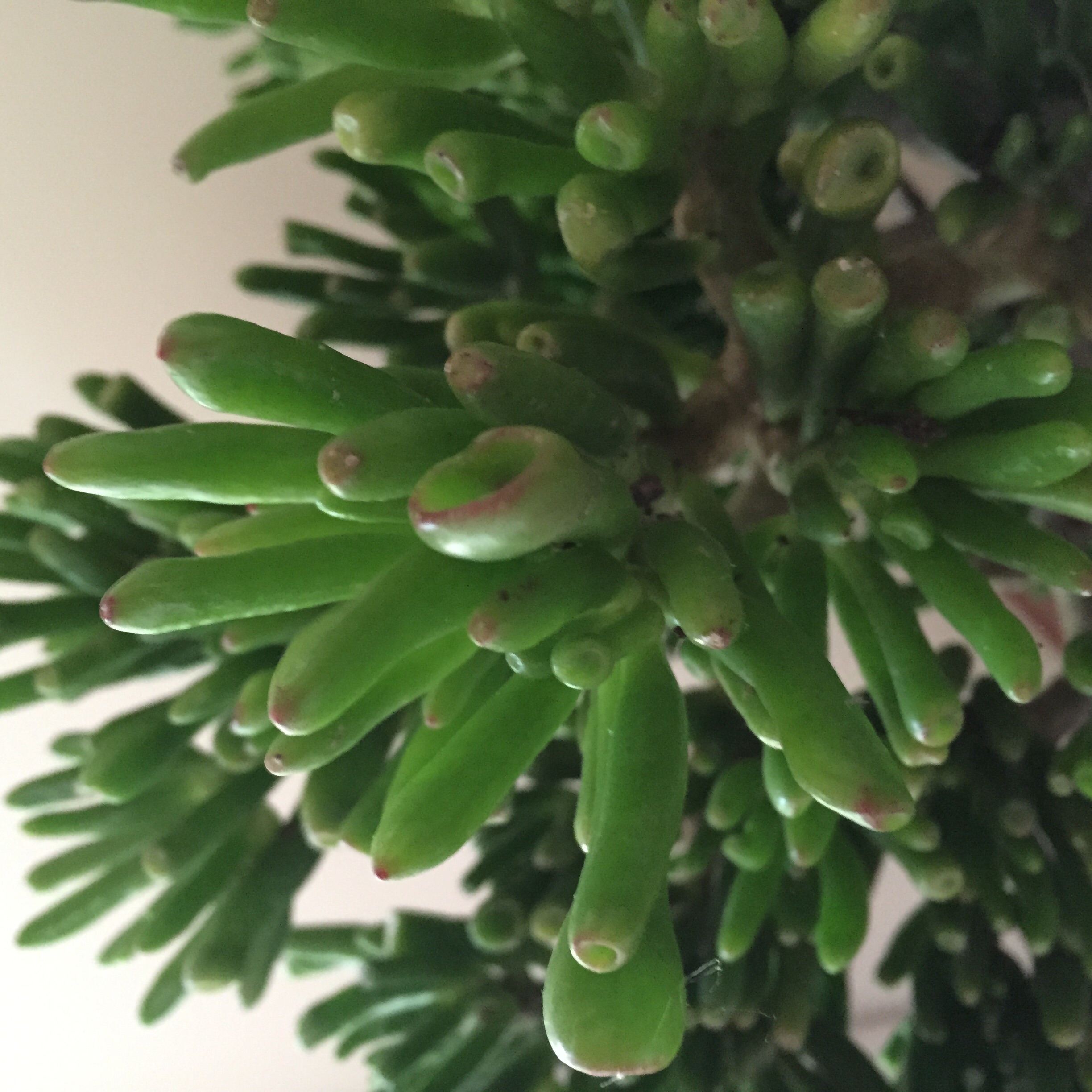These crops can generally be quickly recognized making use of the on the web means detailed under. Lots of of the web-sites comprise images to support in identification.
If you suspect a plant may well be toxic and require aid identifying the plant, speak to your county agricultural agent. The cellphone variety for your Rutgers Cooperative Extension county agricultural agent might be found in the blue webpages of your telephone directory, beneath County Government (or pay a visit to njaes.
- Vegetation Id – the native plant culture of northeastern ohio
- Do succulents must have sunshine?
- May I obtain a visualize and Search engines it?
- Does a person designation your greenery?
- What exactly plant labeled?
- What blossoms can you really shrub in September?
- Can i pin point a pepper place?
rutgers. edu/county). References and Further more Looking at. Gu >Main shots by Carey Williams.
PlantSnap: a unique means for looking for plants and flowers
Copyright © 2020 Rutgers, The Condition University of New Jersey. All legal rights reserved. For far more details: njaes.
rutgers. edu. Cooperating Companies: Rutgers, The State College of New Jersey, U. S.
Department of plantidentification.co Agriculture, and County Boards of Chosen Freeholders. Rutgers Cooperative Extension, a unit of the Rutgers New Jersey Agricultural Experiment Station, is an equal option program company and employer.

New Jersey Agricultural Experiment Station Rutgers, The Condition College of New Jersey 88 Lipman Push, New Brunswick, NJ 08901-8525 Career Chances | Webmaster. Copyright © 2020 Rutgers, The Condition College of New Jersey. rn> June 3, 2017 by Ashley Adamant 28 Responses.
This article may perhaps have affiliate backlinks. Study total disclosure here. When I first started scheduling our edible foodstuff forest, I was adamant about like linden trees. They seemed like the excellent all-reason tree with edible and medicinal elements and an fantastic foodstuff supply for the bees. I sketched and planned and picked where our majestic linden would go on paper.
In the spring, we went out to wander the land and refine our prepare. Ideal at the edge of the woods, the place I prepared to plant our linden tree, I looked up to see a tree with certainly huge leaves sprouting, and rugged bark. Wait a minute…we presently have a linden. My eyes opened, and on our upcoming woods walk, I saw dozens within just a handful of hundred feet of the household. Lesson uncovered.
In advance of you get started thinking about altering your land and planting your permaculture paradise, choose a extensive stock. You may well be stunned at how a great deal diversity is by now there…Wild foraged linden bouquets gathered in June in Vermont. Identifying Linden Trees. The Linden tree ( Tilia sp.
) , also recognised as Basswood, Honey-Tree, Bee Tree or Lime Tree, is a frequent deciduous tree uncovered during the northern hemisphere. It truly is quickly recognized by its utterly gigantic heart-formed leaves (6-eight inches throughout) and intensely fragrant flowers. Grownup trees have fissured bark and can attain 6 feet in diameter. All parts of the plant are edible which include the leaves, flowers, seeds, sap, and bark. Range and Habitat. Tilia americana is uncovered through the Northeastern and North Central United States from Minnesota to Missouri in the West to Maine and Virginia in the East. Other linden tree species are also located in this assortment, most notably minor leaf linden which is frequently planted as a landscape tree (and has additional aromatic bouquets). Tilia Americana Variety from the US Forest Provider. While it can be identified as a young tree on roadsides, sand dunes and dry uncovered ridges, it tree appears to be to thrive on north and east-going through slopes with moist soils. It is really favored soil sort is “mesic” indicating it maintains an abundant supply of dampness 12 months-spherical without having remaining swampy. It’s not a dominant tree, and normally shares the forest with Sugar Maple, Ironwood, White Ash, Pink Maple, and Elm. That transpires to be the correct make-up of our 30 acres listed here in Central Vermont, and there are seemingly hundreds of linden trees dotting the woodland now that I know how to determine linden trees.


